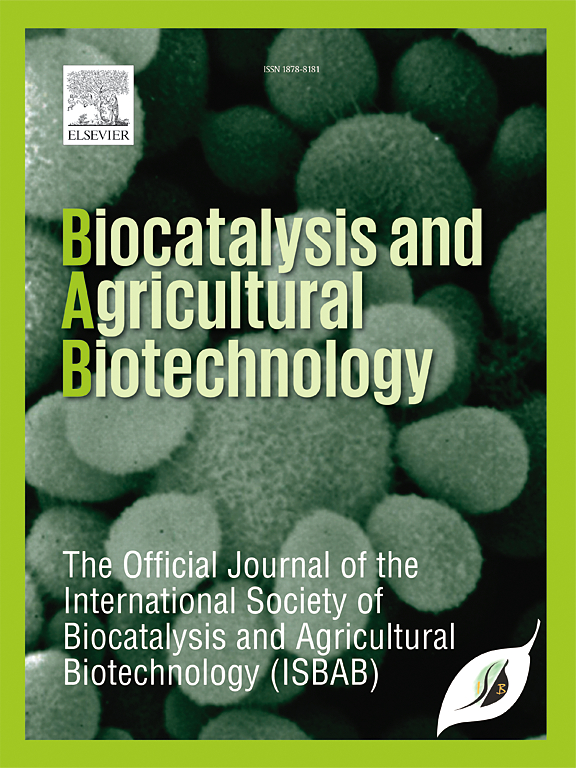Nutritional profile, chemical composition and health promoting properties of Salicornia emerici Duval-Jouve and Sarcocornia alpini (Lag.) Rivas Mart. from southern Tunisia
IF 3.4
Q2 BIOTECHNOLOGY & APPLIED MICROBIOLOGY
引用次数: 0
Abstract
The aerial biomass of the edible halophyte species Salicornia emerici Duval-Jouve and Sarcocornia alpini (Lag.) Rivas Mart. (Amaranthaceae), collected from southeastern Tunisia, was analyzed for its potential as a source of functional bioactive ingredients. For this purpose, the dried biomass was analyzed for its proximate and mineral composition, while its hydroethanolic extracts were evaluated for phenolic content by spectrophotometric and chromatographic techniques (HPLC-ESI-MS). The extracts were also assessed for in vitro antioxidant properties, including radical scavenging activity (RSA) against DPPH and ABTS•+ radicals, as well as ferric reducing antioxidant power (FRAP). Furthermore, they were evaluated for in vitro cytotoxicity and enzymatic inhibition toward key enzymes related to human diseases, namely acetylcholinesterase (AChE) and butyrylcholinesterase (BuChE) (Alzheimer's disease: AD), α-amylase and α-glucosidase (type 2 Diabetes Mellitus: T2DM), and tyrosinase (skin hyperpigmentation disorders). The findings revealed that both halophytes contained significant levels of minerals, particularly sodium, potassium, and iron. The extracts were rich in bioactive phytochemicals, with naringin identified as the major compound in S. alpini, while quinic acid was predominant in S. emerici. Extracts from both species were non-toxic and demonstrated significant antioxidant properties. Neither species exhibited inhibitory activity toward cholinesterases; however, both showed strong α-glucosidase inhibition (>50%), with S. alpini also displaying superior tyrosinase inhibition activity (51%). These findings suggest that S. alpini and S. emerici hold promise as safe and sustainable sources of nutrients and natural compounds with antioxidant, anti-diabetic, and anti-tyrosinase properties. This potential could translate into significant economic benefits for the southeastern region of Tunisia.
求助全文
约1分钟内获得全文
求助全文
来源期刊

Biocatalysis and agricultural biotechnology
Agricultural and Biological Sciences-Agronomy and Crop Science
CiteScore
7.70
自引率
2.50%
发文量
308
审稿时长
48 days
期刊介绍:
Biocatalysis and Agricultural Biotechnology is the official journal of the International Society of Biocatalysis and Agricultural Biotechnology (ISBAB). The journal publishes high quality articles especially in the science and technology of biocatalysis, bioprocesses, agricultural biotechnology, biomedical biotechnology, and, if appropriate, from other related areas of biotechnology. The journal will publish peer-reviewed basic and applied research papers, authoritative reviews, and feature articles. The scope of the journal encompasses the research, industrial, and commercial aspects of biotechnology, including the areas of: biocatalysis; bioprocesses; food and agriculture; genetic engineering; molecular biology; healthcare and pharmaceuticals; biofuels; genomics; nanotechnology; environment and biodiversity; and bioremediation.
 求助内容:
求助内容: 应助结果提醒方式:
应助结果提醒方式:


